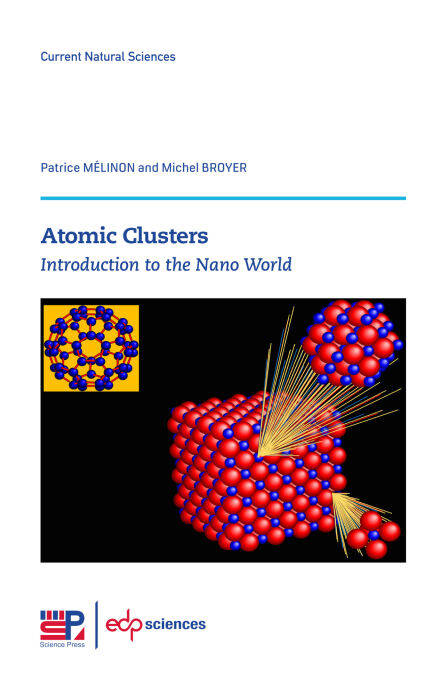
- Afhalen na 1 uur in een winkel met voorraad
- Gratis thuislevering in België vanaf € 30
- Ruim aanbod met 7 miljoen producten
- Afhalen na 1 uur in een winkel met voorraad
- Gratis thuislevering in België vanaf € 30
- Ruim aanbod met 7 miljoen producten
Zoeken
€ 74,99
+ 74 punten
Uitvoering
Omschrijving
The spectacular development of nanotechnologies over the last twenty years has introduced all kinds of nano-objects or nanoparticles into everyday life. The remarkable properties of these nano-materials explain why they are used as much in cosmetics and lubricants as in most high-tech components.
The aim of this book is to describe the basic principles governing nanoscience, and nanophysics in particular. The authors show how the physics and chemistry of atoms influence the properties of nano-objects. They also describe how the properties of macroscopic materials are modified when their size decreases.
This first volume is devoted to aggregates or nanoparticles in the ground state. It shows how binding energy and symmetry properties govern the arrangement of atoms according to their electronic structure. It also explains the influence of metal bond complexity on the properties of transition metal nanoparticles. Applications are given for insulator-metal transition, magnetism and catalysis.
A second volume will describe the influence of the temperature, the excited states of aggregates and their optical properties. The authors come from different backgrounds, Michel Broyer from atomic and molecular physics and Patrice Mélinon from condensed matter. They were both pioneers in aggregate and work at Lyon I University.
The aim of this book is to describe the basic principles governing nanoscience, and nanophysics in particular. The authors show how the physics and chemistry of atoms influence the properties of nano-objects. They also describe how the properties of macroscopic materials are modified when their size decreases.
This first volume is devoted to aggregates or nanoparticles in the ground state. It shows how binding energy and symmetry properties govern the arrangement of atoms according to their electronic structure. It also explains the influence of metal bond complexity on the properties of transition metal nanoparticles. Applications are given for insulator-metal transition, magnetism and catalysis.
A second volume will describe the influence of the temperature, the excited states of aggregates and their optical properties. The authors come from different backgrounds, Michel Broyer from atomic and molecular physics and Patrice Mélinon from condensed matter. They were both pioneers in aggregate and work at Lyon I University.
Specificaties
Betrokkenen
- Auteur(s):
- Uitgeverij:
Inhoud
- Aantal bladzijden:
- 414
- Taal:
- Engels
- Reeks:
Eigenschappen
- Productcode (EAN):
- 9782759834587
- Verschijningsdatum:
- 19/06/2024
- Uitvoering:
- E-book
- Beveiligd met:
- Digital watermarking
- Formaat:

Alleen bij Standaard Boekhandel
+ 74 punten op je klantenkaart van Standaard Boekhandel
Beoordelingen
We publiceren alleen reviews die voldoen aan de voorwaarden voor reviews. Bekijk onze voorwaarden voor reviews.








